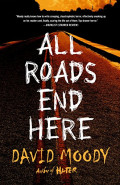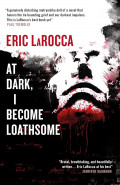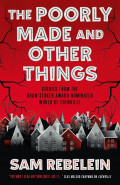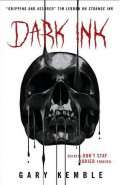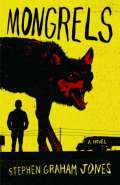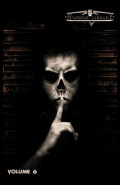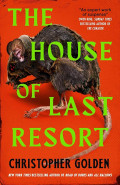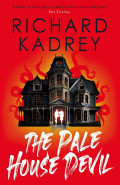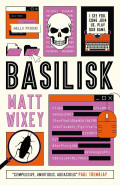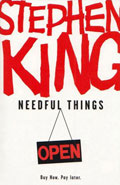We Are All Completely Fine
By Daryl Gregory
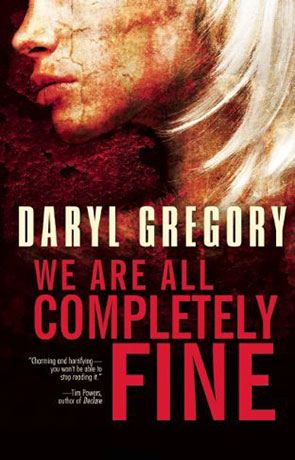
- We Are All Completely Fine
-
Author: Daryl Gregory
-
Publisher: Tachyon Publications
- ISBN: 978-1616961718
- Published: August 2014
- Pages: 192
- Format reviewed: Paperback
- Review date: 09/07/2014
- Language: English
- Age Range: 15-
Cannibals ate Stan’s hands and legs. A psychopath cut Barbara open and carved pictures on her bones. They and other people with similarly intense and unbelievable experiences attend group therapy sessions at the center of Daryl Gregory’s novella We Are All Completely Fine. At the start of the story we know the other group members as Martin, who refuses to take off his computerized sunglasses, Greta, whose body is a map of scars, and Harrison, who used to hunt monsters. Eventually we learn more about each one, as the five start to take control over their lives against the monsters who have harmed them.
Whether those monsters are metaphorical or literal - whether they’re human or supernatural - is not clear at first because of Gregory’s artful use of the group therapy set up. The characters start off cagey, keeping quiet or talking at length in order to hide things they don’t want to talk about. This makes the story unfold like several mysteries. As the characters bond and become more honest with each other, we see more of their unnerving backstories, which in turn raise new questions. We also begin to see that the characters aren’t just haunted by old traumas; monsters from the characters’ pasts show up again in the present, with cruel intentions. And so the action moves outside of the group therapy setting and the story’s pace speeds up, building to a violent climax. The therapy setting makes the book thought provoking in terms of other works of fiction too - if we imagine the heroes, victims, and bystanders in stories as continuing to live on after the last page, then how would they manage to live with what they have seen and done? Due to its focus on what comes after the end of one kind of story and to Gregory’s richly developed characters the work stuck with me after I finished it, as I imagined possible further outcomes for its characters.
We Are All Completely Fine is by turns creepy, funny, thought provoking, touching, and creepy again. (I read it late at night while sitting by a window in my living room; it had me jumping as the wind blew and my house creaked.) As with Gregory’s other works, Afterparty, Raising Stony Mayhall, Pandemonium, and The Devil’s Alphabet, the novella mixes action and suspense in impossible circumstances with believable stories about fully human characters - even if they’re not exactly human. Each of the characters in We Are All Completely Fine and the events they lived through could be the subject of a standalone novel. Over each of their shoulders we get interesting and sometimes disturbing glances at a richly detailed dark fantasy world populated with malevolent forces. That Gregory subordinates those glimpses to the plot and characters, rather than pausing to show off how cool the ideas are, speaks to his skill as a writer: he could have easily spent more time on those details at the expense of the story’s suspenseful pacing.
The work leans, though lightly, on H.P. Lovecraft-esque themes: cultists worship incomprehensible other-dimensional creatures somewhere between aliens and gods, people touched by these creatures struggle to maintain their sanity or become violently insanse, and the work alludes to tragedy in a town called Dunnsmouth, a mix of Lovecraft’s Dunwich and Innsmouth. Like in Lovecraft’s work, Gregory’s characters inhabit a universe fundamentally hostile or indifferent to humans, but unlike in much of Lovecraft’s work, Gregory’s characters find just enough healing, peace, and livability to make the story not be completely bleak. In a way this makes the horror all the more intense, because it underlines the very slim but real hope for human happiness amid forces that create great misfortune. These characters aren’t predestined to be doomed, they just are very probably doomed. That’s a different kind of awful, one that’s more true to actual life and that is in a way more awful.
Written on 9th July 2014 by Nate Hawthorne.
